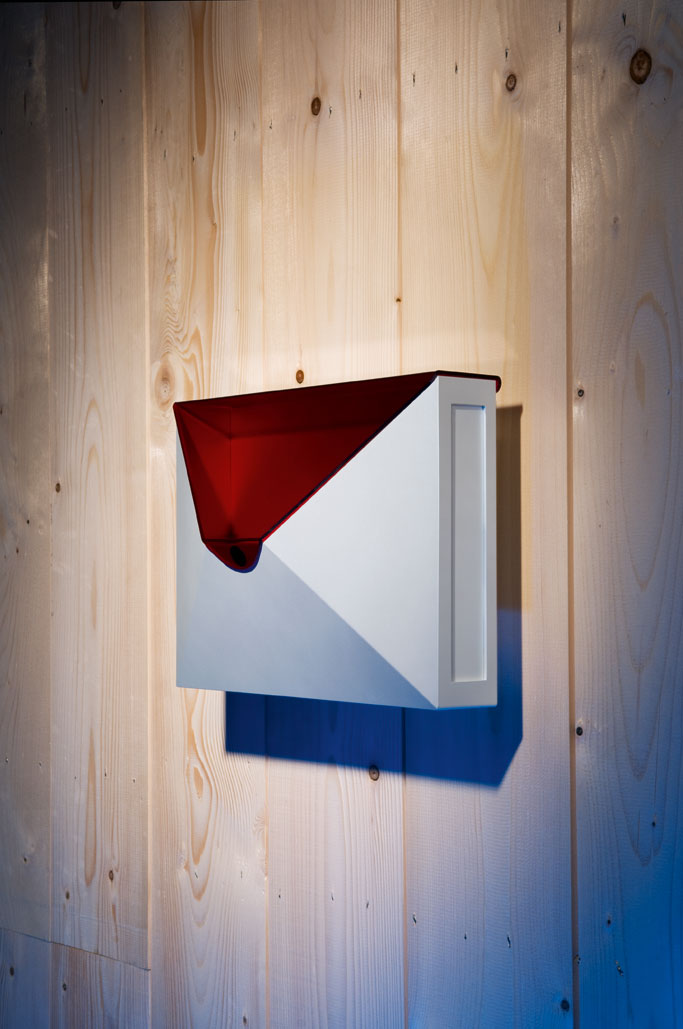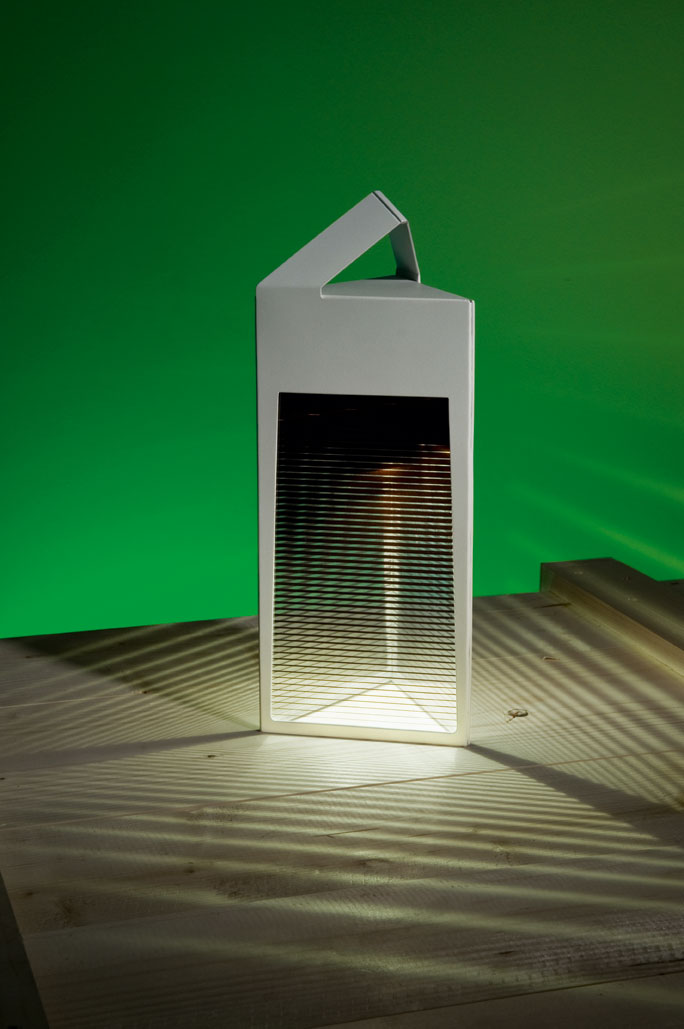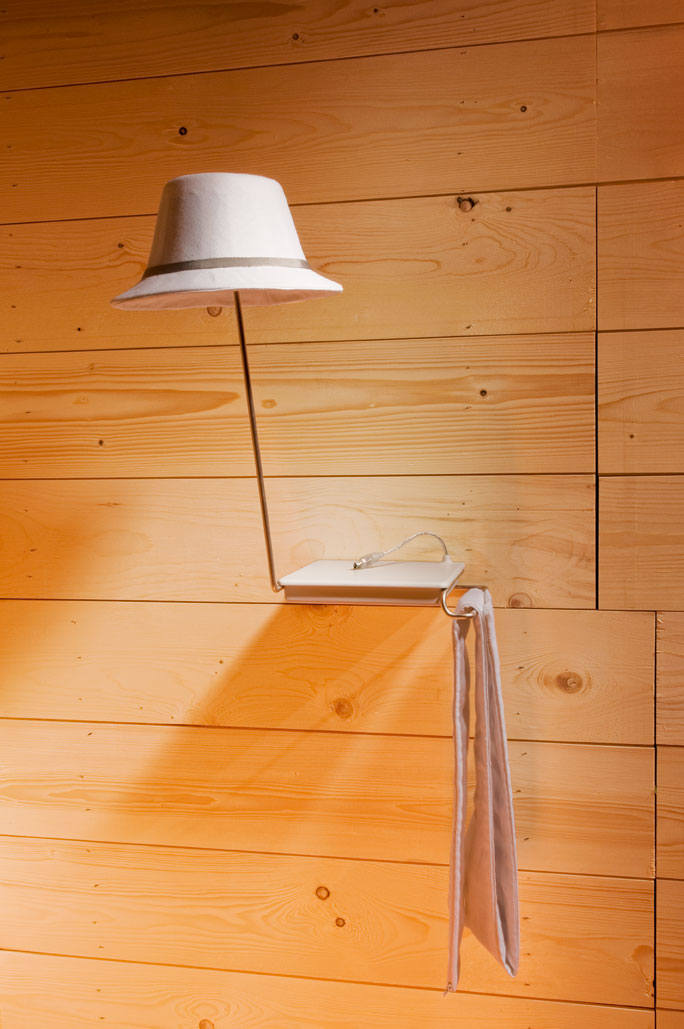PROJECT
This workshop is based on a new technology of dye solar cell invented at the Ecole polytechnique fédérale de Lausanne (EPFL). Inspired from photosynthesis in plants, the technology harnesses solar energy with flexible, coloured and even see-through surfaces.
Four world-leading design schools have explored the technology’s prospects so as to renew our relationship with energy and light: the California College of the Arts (CCA), the Royal College of Art in London (RCA), the ECAL/University of art and design Lausanne (ECAL) and the Ecole nationale supérieure de création industrielle in Paris (ENSCI). Over 80 students have shared their vision of the future of solar energy under the guidance of top-level designers.
The Sunny Memories project is the subject of a brochure presenting the 28 selected projects and of three exhibitions in 2009, respectively at the EPFL+ECAL Lab (Renens/Switzerland), at ENSCI (Paris) and at RCA (London).
The selected projects fall into three categories: designs that can move into production today, those which can potentially be produced within two to three years and those based on projections for technologicyl progress within 10 years.This ambitious project, which has served to highlight the potential for innovation at a crossroads between design and engineering, was made possible thanks to the commitment of private bankers Lombard Odier, pioneers in the field of responsible investing.
CALIFORNIA COLLEGE OF THE ARTS

CCA, the California College of the Arts, is a design and art school in the heart of San Francisco. Yves Béhar, Rick Lewis and Brian Gulassa worked with a class of 18 undergraduate students in the first half of their bachelor studies.
The workshop fostered an innovative approach to how society works. The introduction of advanced technology led to new ways of looking at everyday objects: a letter box which sends an e-mail when the post arrives, a bench which lights up public parks to make them safer and more welcoming, a signpost for cycle tracks which provides useful information to the users.
These objects all offer possibilities for a new experience for all those using solar technology.
ROYAL COLLEGE OF ART

RCA, the Royal College of Art embarked on the workshop with two different approaches.
Platform 12′s tutors Sam Hecht, Durrell Bishop and André Klauser, began with the premise that the many products on the market that involve solar cells have a limited impact. The students were given these with the simple assignment: “Make them better!”
Christoph Behling asked another group of students to take a more futuristic approach, leaving more freedom to their imagination. From garden lights thrown around tree branches to a cell radio and various urban projects, the student’s work offers surprising prospects which are often quite technologically advanced.
ECAL

ECAL, the University of art and design Lausanne, explored the new prospects offered by dye solar cells under the supervision of Jörg Boner.
About 30 students in their second year of industrial design worked in groups of two or three to carry out their projects. The students were given total freedom to come up with themes and therefore produced a great variety of objects. The charger enabling homeless people to recharge a small radio on the street, the woven cushion, the hat and scarf demonstrate the diverse textures in which solar cells can be dressed, while a fruit bowl suggests a fundamentally new way of positioning solar cells.
ENSCI

ENSCI, the Ecole nationale supérieure de création industrielle based in Paris, made the most of technological progress to reinvent uses for everyday objects.
A radio where the cells capture almost all of the light spectrum, a surprising alarm clock or a loudspeaker bringing back memories of old gramophones – all these projects combine technology and creativity. The workshop was an opportunity to question the idea of progress while proposing new aesthetics for functional objects.
The objects presented gain autonomy: plants grow on their own, music is played anywhere, telephones are recharged without our help.


